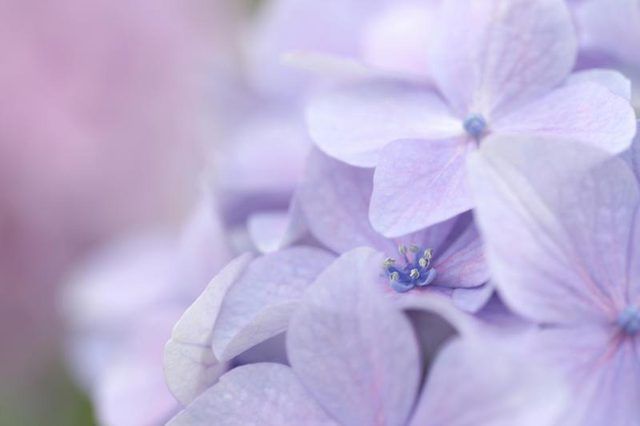Bulbs
Flower Basics
Flower Beds & Specialty Gardens
Flower Garden
Garden Furniture
Garden Gnomes
Garden Seeds
Garden Sheds
Garden Statues
Garden Tools & Supplies
Gardening Basics
Green & Organic
Groundcovers & Vines
Growing Annuals
Growing Basil
Growing Beans
Growing Berries
Growing Blueberries
Growing Cactus
Growing Corn
Growing Cotton
Growing Edibles
Growing Flowers
Growing Garlic
Growing Grapes
Growing Grass
Growing Herbs
Growing Jasmine
Growing Mint
Growing Mushrooms
Orchids
Growing Peanuts
Growing Perennials
Growing Plants
Growing Rosemary
Growing Roses
Growing Strawberries
Growing Sunflowers
Growing Thyme
Growing Tomatoes
Growing Tulips
Growing Vegetables
Herb Basics
Herb Garden
Indoor Growing
Landscaping Basics
Landscaping Patios
Landscaping Plants
Landscaping Shrubs
Landscaping Trees
Landscaping Walks & Pathways
Lawn Basics
Lawn Maintenance
Lawn Mowers
Lawn Ornaments
Lawn Planting
Lawn Tools
Outdoor Growing
Overall Landscape Planning
Pests, Weeds & Problems
Plant Basics
Rock Garden
Rose Garden
Shrubs
Soil
Specialty Gardens
Trees
Vegetable Garden
Yard Maintenance
How to Prune Mophead Hydrangeas
How to Prune Mophead Hydrangeas. Shakespeare was thinking of weightier matters when he wrote about "the most unkindest cut of all," but it wouldn't hurt to recall the phrase before taking a pruner to your mopheads in spring. Beautiful mophead hydrangeas (Hydrangea macrophylla) need but little pruning, and almost all of it should happen...

Shakespeare was thinking of weightier matters when he wrote about "the most unkindest cut of all," but it wouldn't hurt to recall the phrase before taking a pruner to your mopheads in spring. Beautiful mophead hydrangeas (Hydrangea macrophylla) need but little pruning, and almost all of it should happen months earlier than spring.
Pruning Goals
Mophead hydrangea blossom clusters look like colored snowballs, and, as far as a garden goes, the more the merrier. Yet even mopheads can profit from regular pruning. Before sterilizing that pruner by wiping it with a rag soaked in denatured alcohol, figure out your pruning goals. It's always a good idea to remove dead and diseased wood, and some gardeners like to refresh the plant or control size by removing a number of stems annually. Mopheads thrive in U.S. Department of Agriculture plant hardiness zones 6 through 9.
When to Prune
Prune mopheads just after the plant flowers in mid-July or August, when blossoms fade and healthy shoots develop from the lower stems. Mopheads set their buds on old wood, which means that by October, when you prune the shrub you'll be pruning off buds. The late-summer-pruning rule applies to all summer-blooming cultivars, such as "Glowing Embers" (Hydrangea macrophylla "Glowing Embers"), hardy in USDA plant hardiness zones 7 through 9. It's not the case for mophead cultivars that bloom both in spring and summer, like Endless Summer (Hydrangea macrophylla "Bailmer"), which grows in zones 4 through 9. It buds on old and new wood, so you can prune it in fall, winter or early spring.
How to Prune
If they're planted with ample elbow room, mopheads do not necessarily require pruning to remain healthy and vibrant. On the other hand, annual pruning can produce bigger flowers, a denser shrub and a shorter one. First, prune out any dead, damaged or crossing limbs at ground level or to a healthy bud. Then remove at ground level the longest, oldest stems, removing up to one-third of the older live stems. Alternatively, reduce the length of the longest stems as desired, cutting each back to healthy buds.
Deadheading Hydrangea
Deadheading describes the practice of clipping off faded blooms, generally during the growing season. It's a way of cleaning up the shrub, making it look fresh, and encouraging new blooms to grow from lower forming buds. After sterilizing the pruners, clip off the faded blossoms just above the buds forming on the stems below the blooms. You can deadhead mopheads in late summer or early spring, because removing dead blossoms does not eliminate buds.